
Gianna Gatti
Surgeon, health worker, specialist in legal
medicine
former executive secretary
of Dr. Carlos Ybar Institute - Chile

Claudio Nazar
Medical Doctor and Anesthesiologist
University of Chile
Medical degree and completed his residency in Anesthesiology at PUC
I am very enthusiastic about Aditus Explora’s recent initiative to launch a digital educational platform for medical students and professionals in training. This resource is designed to provide a high-quality learning experience, combining essential clinical and surgical content with modern and accessible teaching methodologies.
In my field of expertise in anesthesiology and critical procedural techniques, I am privileged to teach several courses on the platform, including Orotracheal Intubation, Radial Arterial Line Placement, and Central and Peripheral Venous Access. These modules are aimed at developing practical skills and a deep understanding of these procedures, which are fundamental for ensuring patient safety and effectiveness in care.
I would also like to highlight the collaboration with expert colleagues who share their knowledge on Aditus Explora. The quality of high-precision surgical approaches taught by Dr. Jorge Mura is exceptional and invaluable for students interested in cerebrovascular and skull base surgery. I would also like to emphasize the detailed focus on forensic anatomical approaches provided by Dr. Juan Carlos Oñate, as well as the gastrointestinal and abdominal surgical approaches led by Dr. Owen Korn, which provide foundational training for professionals in this field.
The Aditus Explora platform represents a significant advancement in digital medical education, offering students a unique opportunity to learn from top experts in their respective specialties and to develop the practical skills required in modern medicine.
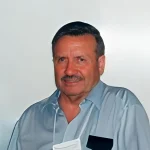
Dr Eduardo Mandiola L
PhD. Titular professor
Former director of the Morphology
department, Faculty of Medicine,
Andrés Bello University, Chile
Former Professor of Human Anatomy
at Medicine Faculty of Instituto Austral de Chile, Valdivia.

Juan Carlos Oñate
Surgeon and Thanatological medic
of Universidad de Chile
Specialist in Human Anatomy and General
Surgery.
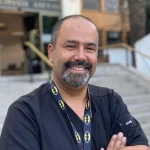
Jorge Mura Castro
Prof. Dr. Jorge Mura, FACS, IFAANS
Titular professor of neurosurgery
Universidad de Chile
Adjacent professor Universidad de Los
Andes - Chile
Master of Chilean Neurosurgery
Past-President. Neurosurgery society of
Chile.
Vascular Neurosurgeon and base of the
Cranium.
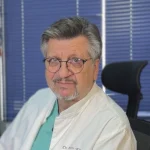
Owen Korn Bruzzone
Surgeon, Hospital Clínico
Universidad de Chile
Research Fellowship in Surgery, Klinikum
Rechts der Isar, Munchen, Germany
I am honored to be part of the Aditus Explora digital educational platform, an innovative and essential project for training future physicians. This platform provides students with privileged access to high-quality academic content, enabling them to build fundamental skills in the medical field from a practical and applied perspective.
On this platform, I teach specialized courses in Gastroenterology aimed at providing students with a deep and updated understanding of digestive pathologies and related surgical procedures. I am gratified to see that Aditus Explora also includes the exceptional work of Dr. Jorge Mura, offering students a comprehensive and precise approach to neurosurgery through his advanced surgical techniques. Similarly, Dr. Juan Carlos Oñate’s contributions in human anatomy and post-mortem studies add essential knowledge of the human body and post-mortem care, crucial for clinical practice.
I would also like to highlight the work of Dr. Claudio Nazar, who teaches essential procedures like orotracheal intubation, radial arterial line placement, and both central and peripheral venous access. The precision and practical approach of these courses are of tremendous value to medical training.
Aditus Explora is undoubtedly a groundbreaking platform that will strengthen medical education and provide students with the resources necessary to achieve excellence in their practices and future clinical roles.
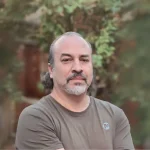
Marcos Pulleghini
Surgeon and Thanatological medic
Universidad de Chile
Specialist in Legal Medicine.

Dr. Juvert Puse Alvarado
Surgeon
SIS: N° 804314
Internship experience at SML under the supervision of Dr. Oñate.
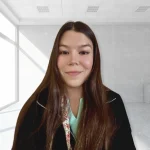
Dra. Andrea Monsalve Cueto
Surgeon
